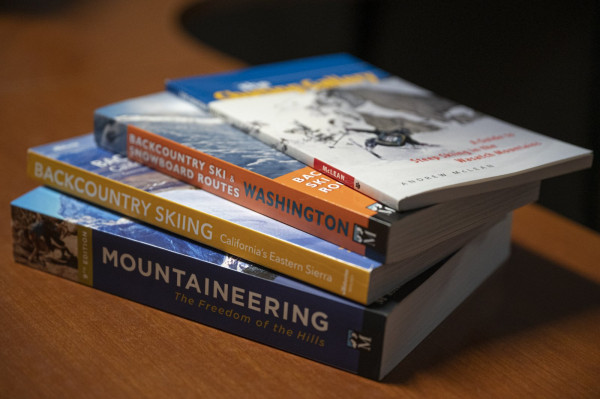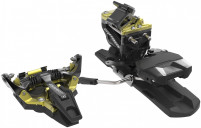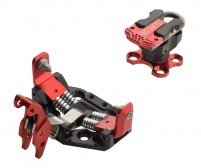12/21/2020 Light is Right, for Most
By Jason Borro, Skimo Co Owner
People often associate lightweight ski mountaineering gear with superhuman athletes wearing skin suits. While such equipment is indeed required to ascend the podium at your local skimo race, it turns out that the same approach to ski gear selection benefits normal humans even more. In other words, the heavier your gear, the slower you’ll be. Certainly, spandex doesn’t make sense for most tourers, but shaving a few grams here and there definitely does. The result? Bigger days or less time required to ski big lines. To prove it, let's take a look at the numbers.
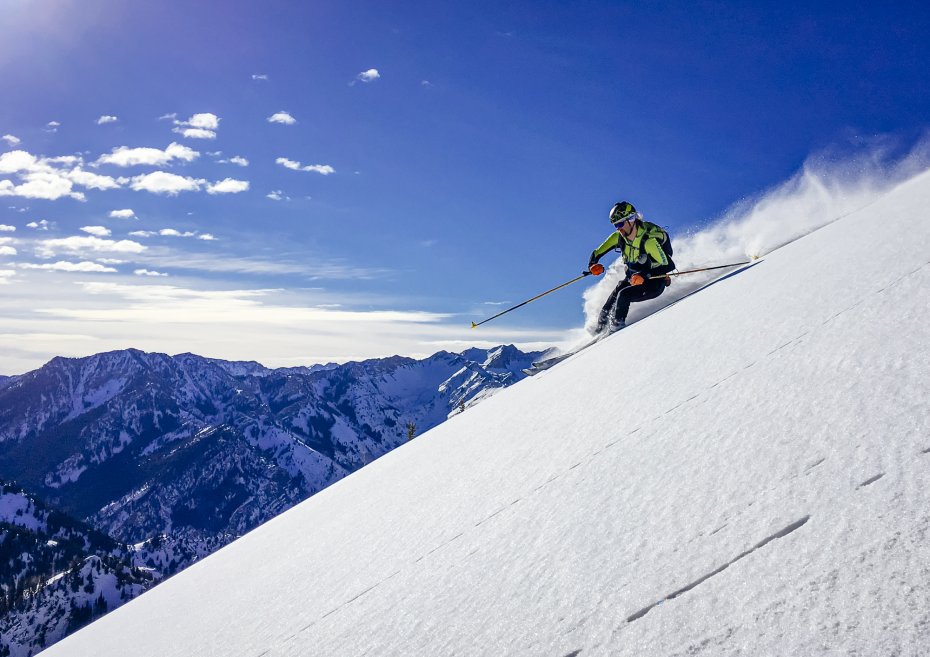
It has been shown that 100 grams (3.5 ounces) of increased foot weight roughly translates into a 1% increase in V02, a measure of the oxygen volume your body consumes. To put this in practical terms, this means that you end up working approximately 14% harder if you ski with a Marker Baron (2450 grams) versus a Dynafit Radical ST (1062 grams) binding. The 1388 gram (3 lbs 1oz) difference in weight, divided by 100 grams, equates to a 13.88% increase in oxygen uptake. And remember, the V02 figure is measured with running shoes on flat ground; an even higher increase could be expected if the same weight were raised significantly in elevation.
Now, working harder doesn't sound so bad at first thought. Heck, getting exercise is a great reason to be in the mountains by itself. However, consider for a moment that people tend to travel in the mountains at a comfortable pace; usually one that puts their heart rate somewhere between 65% and 85% of maximum. In reality, we don't end up working harder per hour.
This means that something else must give. That something would be either distance or time. In other words, with heavier gear options, you either end up traveling a shorter distance than you otherwise could, or, it takes you longer to travel a fixed distance. Using our figures at hand, either you stop ~14% short of the peak (unlikely!) or you take 14% longer to get to the top.
Let's go back to our thesis about who benefits from light gear. If Luke Nelson took 14% longer to win the 2012 US National Championship, he would have been suffering for an extra 22 minutes and 15 seconds. In contrast, the median racer that day (congrats Nate Brown!) would have needed an extra 28 minutes and 50 seconds to finish if he were 14% slower. And since the average skier is well below the athletic level of the median racer in Jackson Hole, he or she could expect an even bigger difference in time. In other words, the more human you are, the more time you save by using lightweight gear.
Of course, time savings is only one aspect of the equation. For all we know, you, the reader of this article, would just go and waste any newfound time by not skiing. But maybe you don't have kids or a job and want to invest this bonus time back into your passion. In the latter case, you just might have enough time to bag another peak on the way home. A peak on which conditions may change for the worse if it were put off until tomorrow.
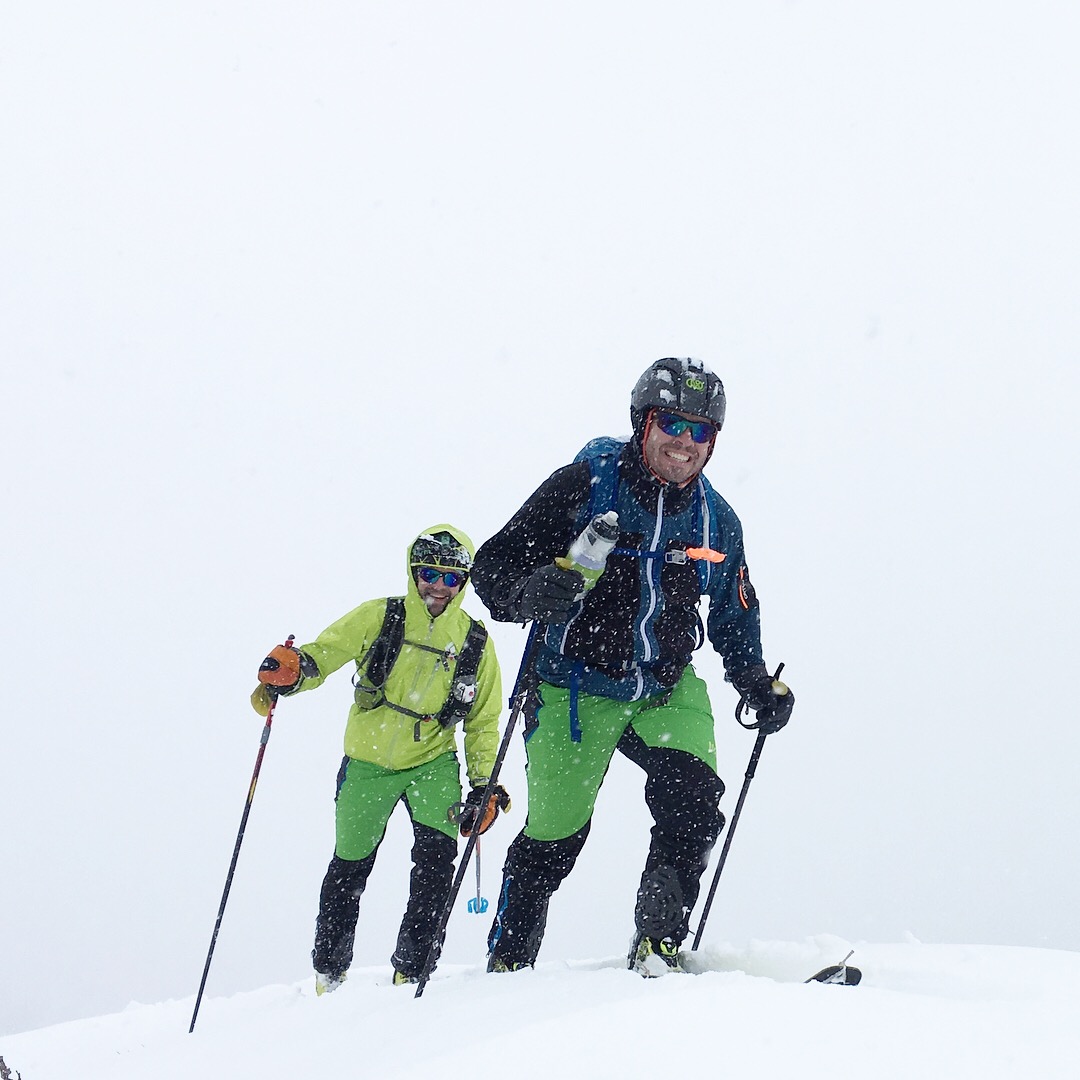
Speaking of conditions, any experienced mountain traveler will know that extra time in the mountains can lead to extra danger in certain scenarios. If you are chasing the spring corn cycle and are delayed by 14% of your planned time, you could be heading for trouble. You either risk skiing some sloppy avalanche-prone snow, or hopefully more likely, end up cutting your day short. Either is clearly suboptimal. (Another option is to wake up even earlier to accommodate the time suck of heavy gear. Also undesirable.)
Now we can hear some readers saying “Can lightweight tech bindings handle aggressive freeriding?!” Fair-ish point. Sure, if you weigh 220lbs, then we definitely don't recommend you huck 50-foot cliffs on the Plum Race 99 binding, especially since Plum only recommends it for skiers under 198lbs. Actually, come to think of it, if you’re skiing at that level of aggressiveness, it’s doubtful any tech binding will work for you. You're simply going to need a burlier kit for your rowdy ways. So, congratulations, you are the exception to the rule! Your prize is a few extra pounds. But for the vast majority of backcountry skiers, tech bindings serve us well. In all our years of selling lightweight ski gear, it’s rare to find someone who regrets their decision to lighten up. More often skiers are left to wonder why they used to explore the mountains with such a handicap.
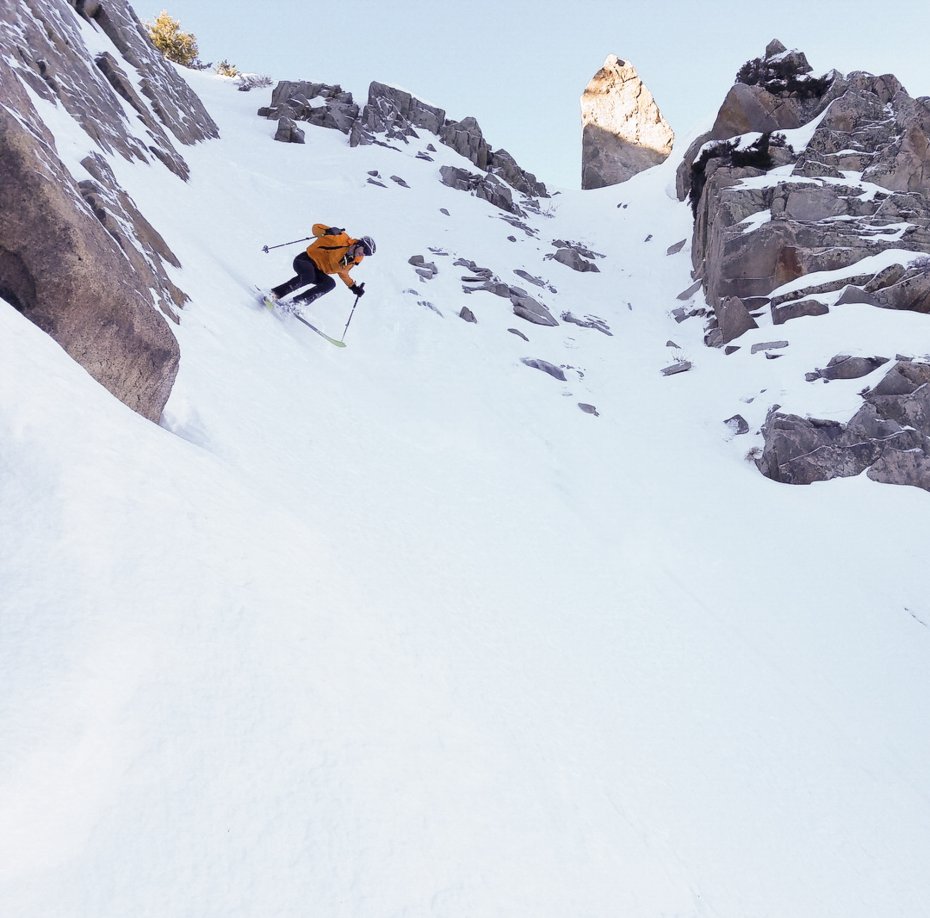
We think we've made our point. While the 14% number is just an example and will vary from skier to skier, the basic equation is fixed. Lighter gear equals faster travel which equals less time or more distance. To translate distance into skier-speak, you can take more runs. Do yourself a favor and shave a few ounces or pounds today. Thankfully though, that is easy to do with today’s quality, lightweight options - whether it’s via bindings, skis, boots, packs, or a combo of everything! You will thank yourself during your bonus lap on a bluebird powder day.
Editor’s Note: Skimo Co owner and founder, Jason, wrote this blog post at the launch of the business in 2013 as part of his crusade to preach the light-is-right gospel. Back then, the Europeans had already proven that tech bindings were the future and so it was just a matter of importing the products to make them available stateside. Fast forward to today and frame bindings are nearly obsolete, tech setups are the norm, and many companies are churning out gear aimed for effortless uphill travel. Clearly, the message of “light is right, for most” still rings true and has gained an unstoppable momentum. Perhaps in the not-so-distant future, this article’s title will be “Light Is Right, For Everyone.”
This article was originally published on 9/17/2013 and was last updated on 12/21/2020.
Comments
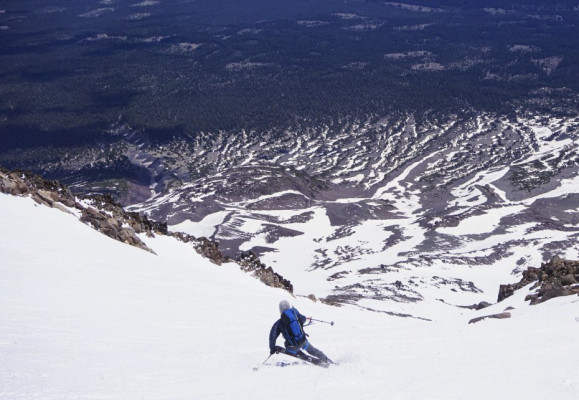
12/29/2020
Closing The Tech-Binding Achievement Gap
